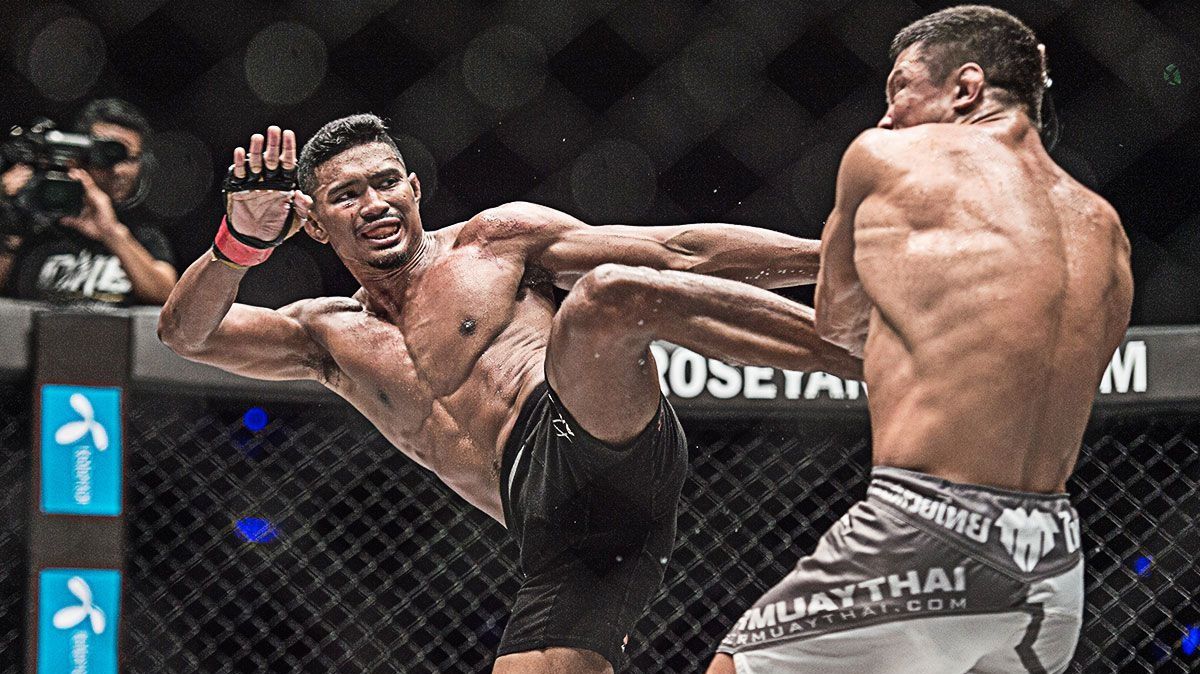Step into the thrilling world of MMA – a fascinating blend of diverse martial art styles that shape the unique fighting techniques witnessed in the ring. Our exploration will uncover the various influences, techniques, and strategies that each martial art contributes to this captivating sport.
MMA or Mixed Martial Arts has rapidly grown in popularity and it’s not hard to see why. It’s a high-octane sport that combines the precision of boxing, the grappling mastery of wrestling, and the devastating kicks of Muay Thai, among others. But what exactly do these styles contribute to the dynamics of an MMA fight? And how do they influence a fighter’s approach to the match?
In this deep dive, we’ll unpack the most popular martial arts present in MMA – including Brazilian Jiu-Jitsu, Boxing, Muay Thai, and Wrestling. We’ll explore their unique qualities, their tactical advantages, and how their integration shapes the sport. This exploration will not just enrich your understanding of the game but may also enhance your appreciation for the versatility and resilience of MMA fighters.
Moreover, we’ll delve into some iconic fights, highlighting how the usage of specific martial arts techniques has led to remarkable victories. These real-life examples will offer a tangible perspective on the theoretical knowledge, giving you a comprehensive understanding of the dynamic nature of MMA.
So, gear up for an exciting journey that will redefine your perception of Mixed Martial Arts. The blend of strength, skill, strategy, and an array of martial arts styles is what makes MMA a sport that continues to captivate audiences worldwide. You’re about to discover the secrets behind the thrill! 🥊🔥
Understanding the Diverse Styles of Martial Arts in MMA
When we delve into the world of Mixed Martial Arts (MMA), it becomes evident that the style of martial arts a fighter uses can significantly influence the outcome of a fight. There are a myriad of martial arts styles that MMA fighters can master, and each has its unique set of techniques and strategies that can be used in the ring.
Boxing
Boxing, primarily known for its focus on punches, is a fundamental element in MMA. The core strength of boxing lies in its combination of speed, power, and precision. Boxers are often recognized for their exceptional footwork and ability to control distance. This style of martial art can provide a fighter with the tools necessary to successfully strike their opponent, defend against punches, and strategically move within the ring.
The Influence of Brazilian Jiu-Jitsu
Brazilian Jiu-Jitsu (BJJ) has a profound impact on MMA, providing fighters with a complex ground game. The primary objective of BJJ is to control and submit your opponent through various chokes and joint locks. Unlike striking-focused arts, BJJ emphasizes the importance of positional control on the ground. A fighter skilled in BJJ can often turn a disadvantageous position into a winning submission hold.

Wrestling: The Power of Grappling
The roots of wrestling can be traced back to ancient times, making it one of the oldest forms of martial arts. In MMA, wrestling is valued for its grappling techniques, takedowns, and ability to control an opponent on the ground. A fighter with strong wrestling skills can dictate where the fight takes place, often utilizing their skills to keep the fight standing or take it to the ground based on their strategy.
Muay Thai and Kickboxing
Muay Thai and Kickboxing are striking-focused martial arts that are renowned for their versatility and power. Known as the “Art of Eight Limbs,” Muay Thai utilizes fists, elbows, knees, and shins, creating a diverse range of offensive and defensive techniques. Kickboxing, while similar to Muay Thai, generally places more emphasis on punches and kicks. Both styles are beneficial for MMA fighters, providing them with an array of striking tools.
Judo and Sambo
Both Judo and Sambo are martial arts that emphasize throws and takedowns, coupled with ground work. Judo, a Japanese martial art, utilizes leverage and balance to throw an opponent to the ground. Sambo, a Russian martial art, combines the best aspects of Judo and wrestling, often including striking in some of its variations.
Martial Arts Styles in Action
Each style of martial art offers a unique approach to fighting. For example, consider a match where one fighter is skilled in BJJ while the other excels in boxing.
- The BJJ fighter would likely aim to take the fight to the ground where they can utilize their submission techniques.
- The boxer, on the other hand, would likely aim to keep the fight standing, where they can use their striking skills to their advantage.
In MMA, fighters often study multiple martial arts, creating a hybrid style that allows them to adapt to various situations. This variety of martial arts styles makes MMA a dynamic and exciting sport, as each fight is a display of technical prowess, strategic planning, and athletic ability.
Conclusion
In conclusion, the world of Mixed Martial Arts (MMA) is a fascinating realm where various styles of martial arts converge to create thrilling, strategic fights. Each martial art, be it Boxing, Brazilian Jiu-Jitsu, Wrestling, Muay Thai, Kickboxing, Judo, or Sambo, offers its unique techniques and strategies, significantly influencing the dynamics and outcome of the fights. These arts, whether focused on striking or grappling, stand-up fighting or ground game, provide fighters with a rich arsenal of tools to employ within the ring.

The influence of these diverse styles is seen vividly in MMA, where fighters often integrate multiple martial arts to form a hybrid style, tailored to counter diverse opponents and scenarios. Such amalgamation of styles makes each fight in MMA an unpredictable spectacle, a testament to the fighters’ technical prowess, strategic planning, and athletic ability. The beauty of MMA lies in its diversity and the fluidity with which fighters shift between styles, making it an ever-evolving, exciting sport. Thus, understanding the diverse styles of martial arts and their influence is key to appreciate the depth and complexity of MMA.
